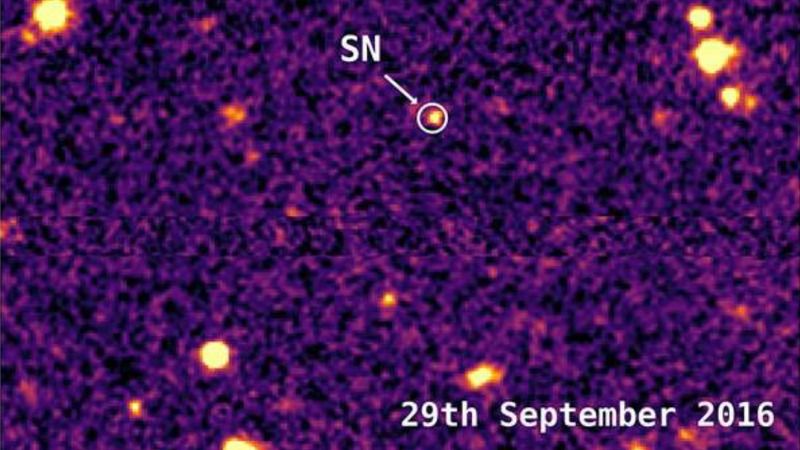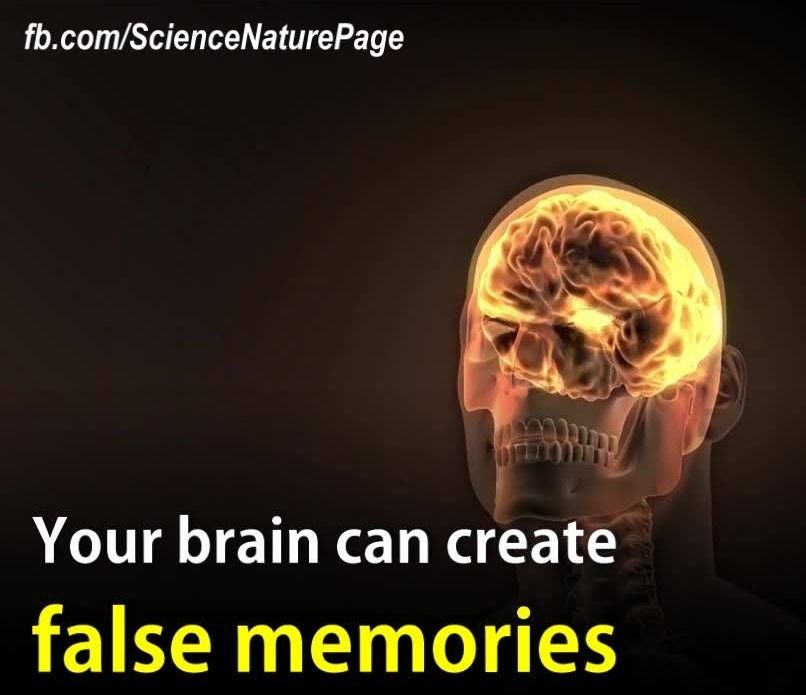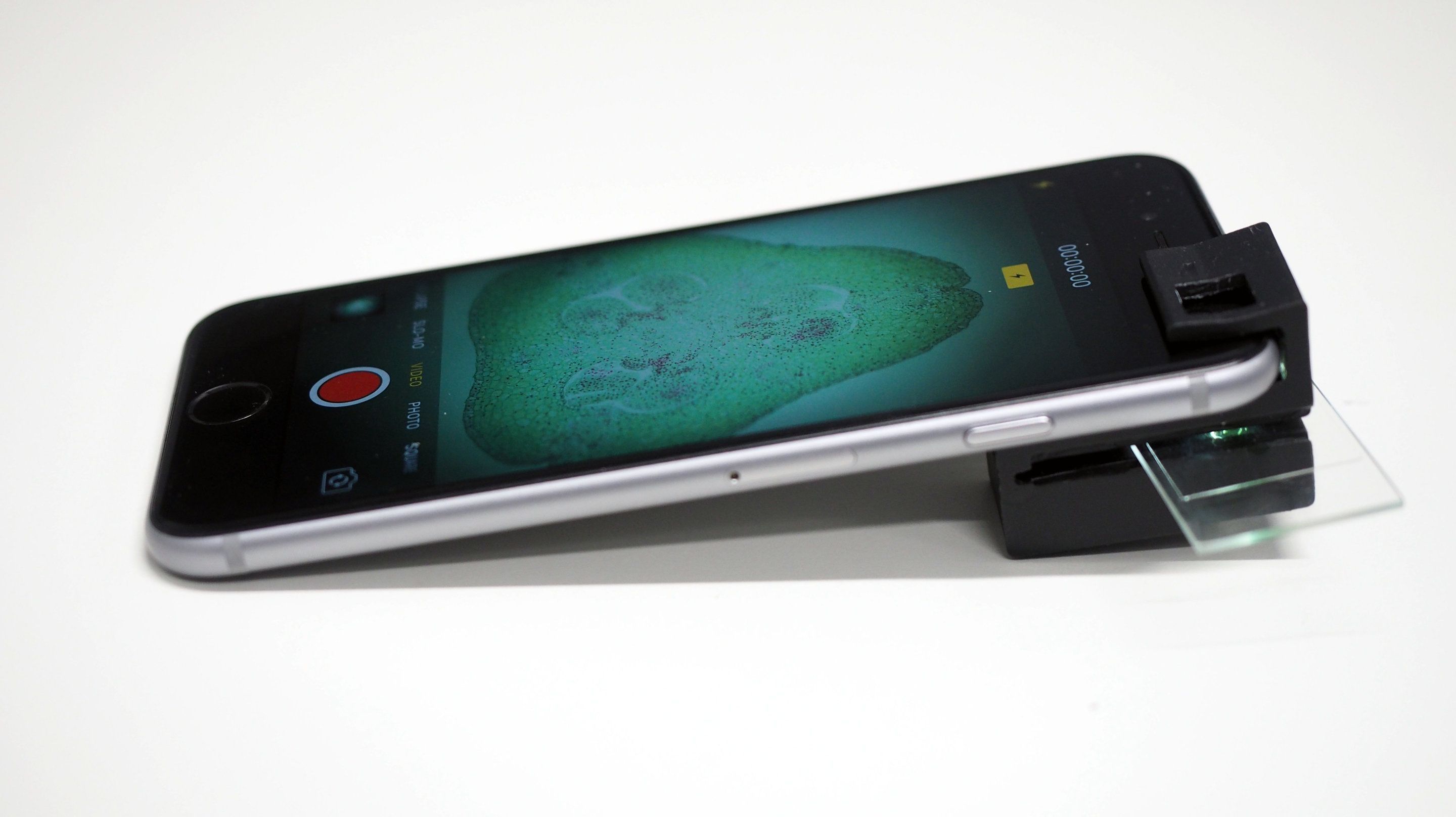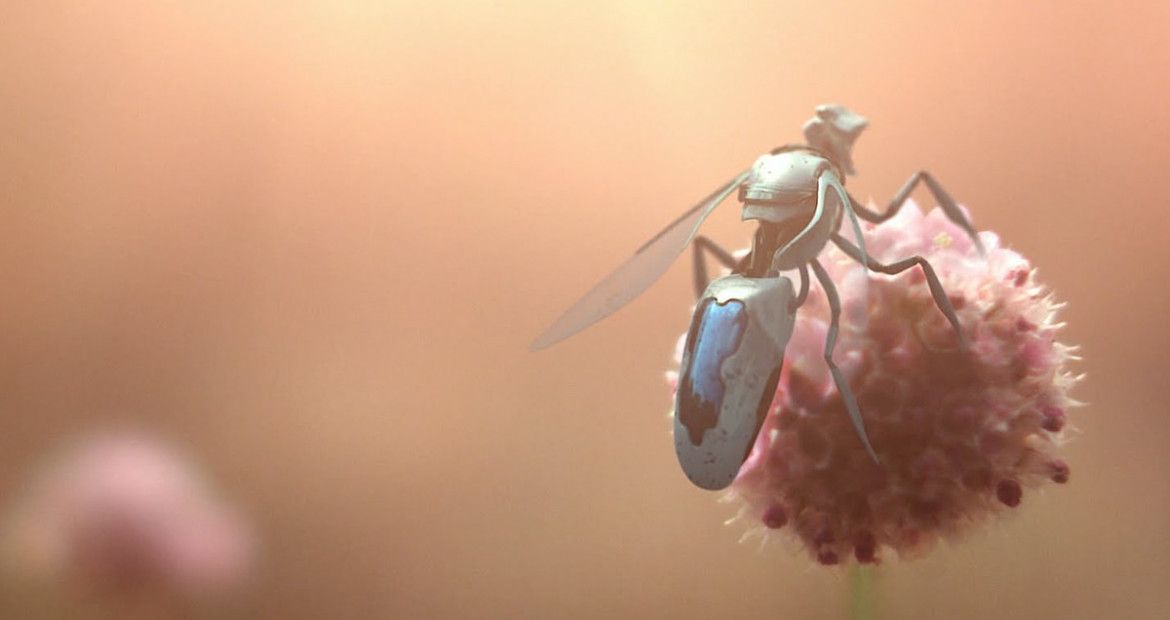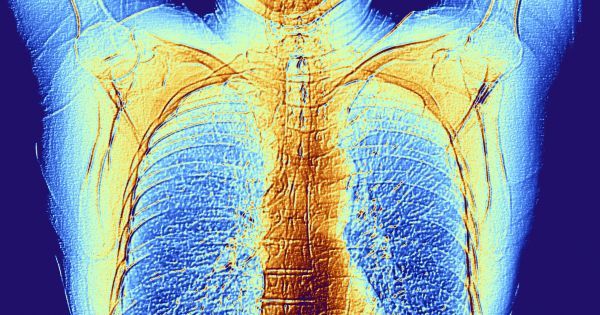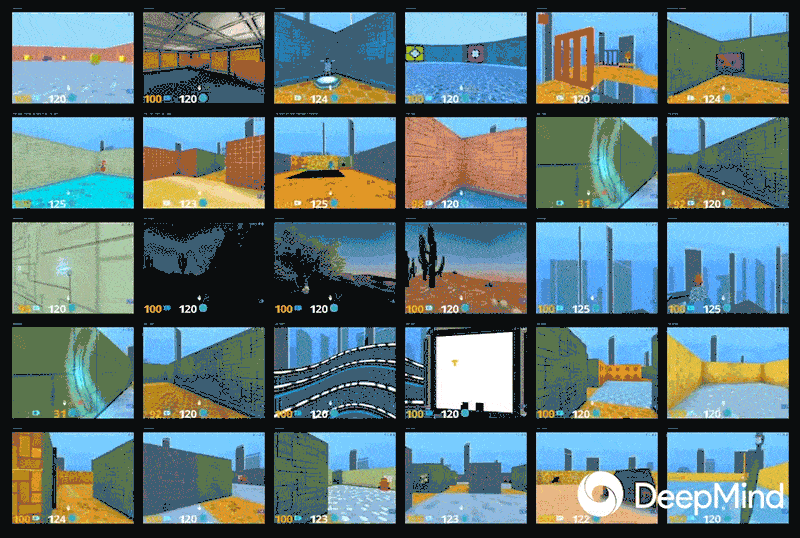Page 9970
Feb 20, 2018
This Is the Most Distant Confirmed Supernova Ever Observed
Posted by Genevieve Klien in category: cosmology
Supernovae are already some of the brightest explosions in the universe—but there’s more mysterious type, called superluminous supernovae, that can shine a hundred times brighter than the usual ones. And on August 22, 2016, astronomers spotted one whose light traveled over 10 billion years to reach us.
The discovery of the event, called DES16C2nm, was exciting enough on its own since it would normally have been invisible to telescopes if not for the fact that the universe is expanding, thus stretching the light from the explosion into wavelengths we can see from Earth. More generally, these flashes can tell the story of our universe, like what kinds of stuff lives between stars in distant galaxies, and other quirks of the cosmos.
“The more distant supernovae we see, the more information we get on those stars.” one of the study’s authors, Charlotte Angus from the University of Southampton in the United Kingdom, told Gizmodo.
Continue reading “This Is the Most Distant Confirmed Supernova Ever Observed” »
Feb 20, 2018
Hyundai’s Hydrogen-Powered, Self-Driving SUV Runs on Level 4 Autonomy
Posted by Shailesh Prasad in categories: robotics/AI, transportation
Hyundai recently showcased that their latest autonomous SUV, Nexo, can deliver Level 4 autonomy. Its electric motor runs on hydrogen fuel.
Feb 20, 2018
False Memories and Artificial Memory Implants
Posted by Shailesh Prasad in category: futurism
Feb 20, 2018
Add-on clip turns smartphone into fully operational microscope
Posted by Shailesh Prasad in categories: 3D printing, biotech/medical, mobile phones, nanotechnology
Australian researchers from the ARC Centre of Excellence for Nanoscale BioPhotonics (CNBP) have developed a 3D printable ‘clip-on’ that can turn any smartphone into a fully functional microscope.
Reported in the research journal Scientific Reports, the smartphone microscope is powerful enough to visualise specimens as small as 1/200th of a millimetre, including microscopic organisms, animal and plant cells, blood cells, cell nuclei and more.
The clip-on technology is unique in that it requires no external power or light source to work yet offers high-powered microscopic performance in a robust and mobile handheld package.
Feb 20, 2018
Japan has just invented Robo-bees that can legitimately pollinate the earth
Posted by Shailesh Prasad in categories: bioengineering, drones, robotics/AI
In an example of life imitating art, scientists have come up with a technology straight out of an episode of Black Mirror: Bee-like pollinating drones.
A team at the National Institute of Advanced Industrial Science and Technology (AIST) in Japan engineered the devices using a combination of horsehair, $USD 100 drones and a sticky ion gel.
It’s pretty simple really – first, the drones fly into flowers much like a bee would. Inside the flower, pollen gets stuck to the drone due to the combination of the ion gel and horsehair. That same pollen is then shaken off into the next flower, and so on. It’s just your run of the mill birds and the robots bees.
Continue reading “Japan has just invented Robo-bees that can legitimately pollinate the earth” »
Feb 20, 2018
Researchers Have Created a New Camera Capable of Seeing Through the Human Body
Posted by Shailesh Prasad in categories: biotech/medical, electronics
For many years doctors have been able to get a look inside a person’s body using X-ray scans, or placing a tiny camera inside the body. But those tools provide a limited view and can only reveal so much. A recently developed camera, however, may give doctors the ability to see everything happening in the human body, no matter where it is.
The camera was developed by researchers from the University of Edinburgh, and it’s meant to work while paired with an endoscope — a long, slender piece of equipment that usually has a camera, sensors, and lights at its tip.
Light emitted by the endoscope typically scatters when it comes into contact with structures within the body, such as body tissue, but the new camera is able to pick up on it thanks to the photon detectors inside of it. The camera is able to detect light sources behind as much as 20 centimeters (7.9 inches) of bodily tissue.
Continue reading “Researchers Have Created a New Camera Capable of Seeing Through the Human Body” »
Feb 20, 2018
DeepMind’s latest AI transfers its learning to new tasks
Posted by Shailesh Prasad in categories: information science, robotics/AI
By using insights from one job to help it do another, a successful new artificial intelligence hints at a more versatile future for machine learning.
Backstory: Most algorithms can be trained in only one domain, and can’t use what’s been learned for one task to perform another, new one. A big hope for AI is to have systems take insights from one setting and apply them elsewhere—what’s called transfer learning.
What’s new: DeepMind built a new AI system called IMPALA that simultaneously performs multiple tasks—in this case, playing 57 Atari games—and attempts to share learning between them. It showed signs of transferring what was learned from one game to another.
Continue reading “DeepMind’s latest AI transfers its learning to new tasks” »
Feb 20, 2018
Entangled universe: Could wormholes hold the cosmos together?
Posted by Shailesh Prasad in categories: cosmology, physics
Weird connections through space-time might make reality real, giving us a promising new route to a theory of everything.
Feb 20, 2018
That’s odd: Quantum entanglement mangles space and time
Posted by Shailesh Prasad in category: quantum physics
Spooky action at a distance – the dislocated effect of the quantum world – is real without a doubt. So the problem must lie in our perception of space and time.

